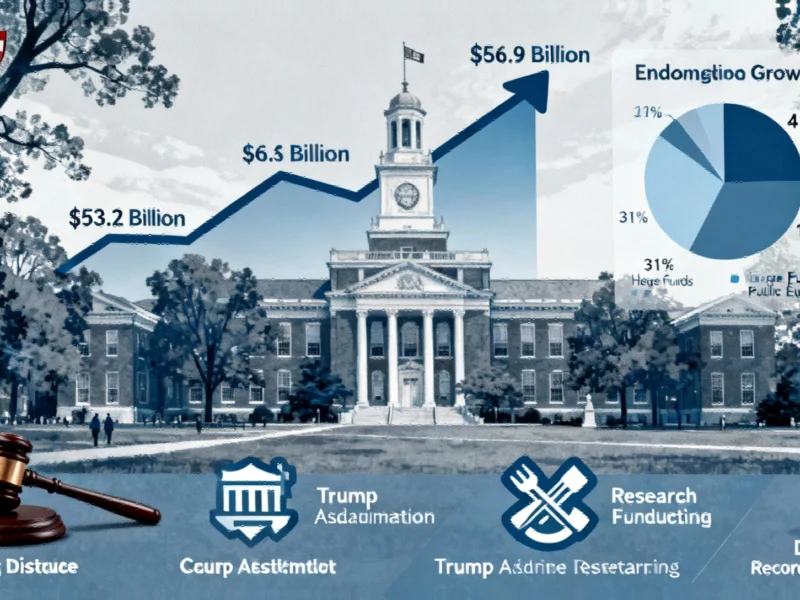Strategic Pivot Required as Chinese Consumers Embrace Domestic Alternatives
Global corporations operating in China are facing a fundamental market transformation as economic pressures and shifting consumer preferences create unprecedented challenges. What was once considered an unstoppable growth engine has become a complex battleground where homegrown brands are capturing market share across multiple sectors, from automotive to retail and technology.
The changing dynamics reflect broader structural shifts in the world’s second-largest economy, where price sensitivity, rising nationalism, and trade tensions have created a perfect storm for international companies. As consumer confidence remains fragile, executives are being forced to reconsider their China strategies fundamentally.
Automotive Sector Faces Intense Price Competition
Foreign automakers are among the hardest hit by China’s market evolution. Premium brands including BMW, Mercedes-Benz, and Porsche have reported declining sales despite the market’s size, as domestic manufacturers gain traction with competitive pricing and improved quality. The automotive sector’s challenges mirror broader market trends affecting multiple industries as Chinese consumers increasingly favor local alternatives.
This competitive pressure extends beyond traditional automotive manufacturers to encompass related technology sectors that support the industry’s evolution toward smarter manufacturing and connected vehicles.
Retail and Consumer Goods Recalibrate Approaches
The retail sector exemplifies the dramatic shift occurring across China’s consumer landscape. Fast Retailing, owner of Uniqlo, reported declining sales and profits in its largest market despite operating 900 stores nationwide. Similarly, Nike has experienced five consecutive quarters of sales decline in Greater China, facing stiff competition from domestic sportswear brands Anta and Li Ning.
IKEA CEO Jon Abrahamsson Ring acknowledged the need for fundamental changes, stating, “We need to find smarter ways of producing so the prices become even more competitive, and we need to learn to be even more relevant for the Chinese market.” This sentiment echoes across multinational corporations struggling to maintain their foothold.
Technology and Semiconductor Demand Normalizes
The technology sector is experiencing what ASML describes as a “normalization” of Chinese demand, with the chip equipment giant warning of significantly reduced orders expected next year. This trend is further evidenced by Micron’s reported plans to cease supplying server chips to Chinese data centers, reflecting both geopolitical tensions and shifting domestic demand patterns.
These developments in the semiconductor space highlight how technological innovation continues to evolve even as market conditions change, creating both challenges and opportunities for global players.
Domestic Brands Capture Consumer Loyalty
Chinese companies have successfully capitalized on the shifting market dynamics across multiple categories:
- Automotive: Domestic brands now account for 69% of total car sales, up from 38% in 2020
- Beverages: Luckin Coffee offers lattes at approximately 9.9 yuan ($1.4), less than a third of Starbucks’ price
- Beauty: Chinese cosmetics brands are projected to exceed foreign brand market share by 2025, reaching 50.4%
- Fashion: Urban Revivo, known as China’s Zara rival, is expanding internationally
The success of these domestic players reflects their ability to combine competitive pricing with deep understanding of local consumer preferences. Jewelry retailer Laopu Gold, often called the “Hermes of gold,” has seen its shares surge 214% this year by drawing heavily from Chinese cultural heritage while appealing to luxury consumers.
Luxury Sector Defies Broader Trend
Despite the challenging environment, the luxury segment represents a rare bright spot. LVMH reported better-than-expected third-quarter sales driven by improved Chinese demand, with shoppers responding positively to innovative retail experiences like the ship-shaped Louis Vuitton boutique in Shanghai.
LVMH CFO Cecile Cabanis noted that “whenever we are bringing an initiative or an innovation or a new retail disruption initiative, it creates immediately… interest and excitement and consumers respond very quickly.” This success underscores the importance of continuous innovation and localized experiences even for established global brands.
Strategic Implications and Future Outlook
The changing landscape requires fundamental strategic adjustments from multinational corporations. Nestle’s Chief Financial Officer Anna Manz acknowledged that the company had focused too much on distribution in China and not enough on consumers, prompting a strategic correction to consolidate distribution while building consumer demand.
As companies navigate these challenges, they’re looking to regional market developments for potential strategic insights and considering how financial market trends might influence their global positioning.
The ongoing transformation of China’s consumer market represents both a warning and an opportunity for global brands. Those able to adapt their strategies, embrace localization, and respond to rapidly evolving consumer preferences may still thrive, while others risk being left behind by increasingly sophisticated domestic competitors.
This article aggregates information from publicly available sources. All trademarks and copyrights belong to their respective owners.



